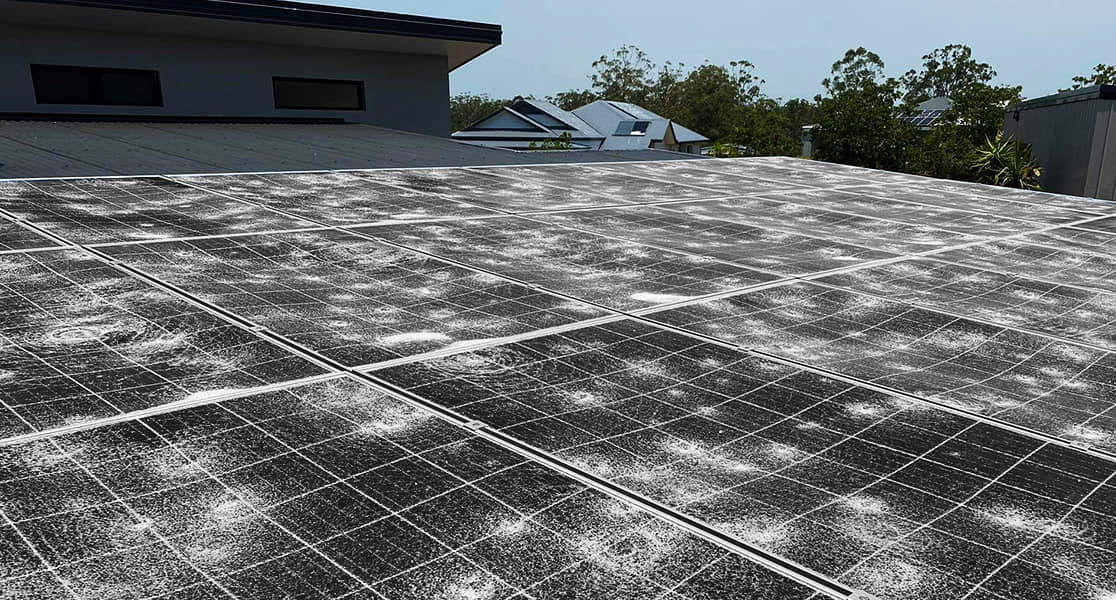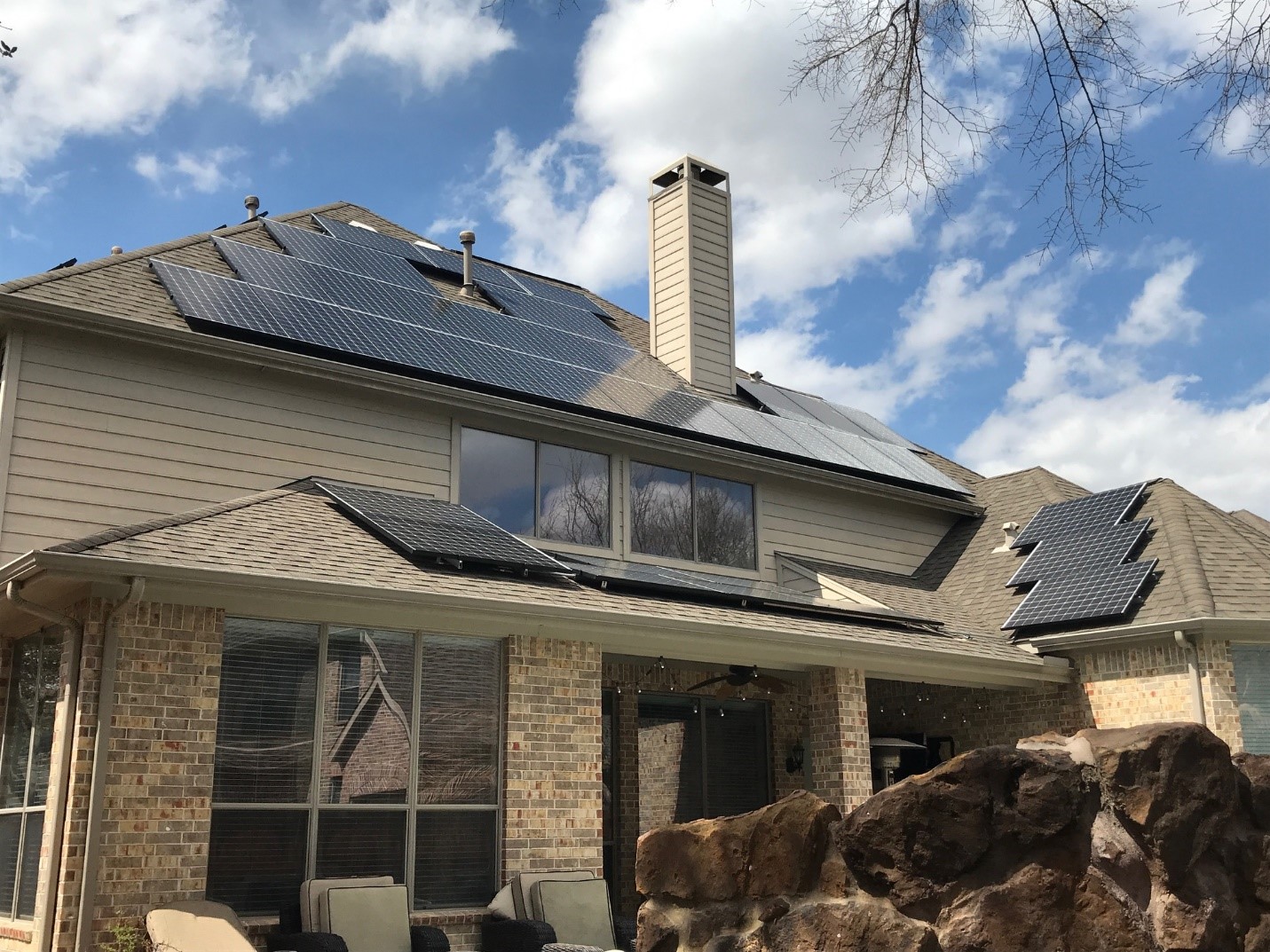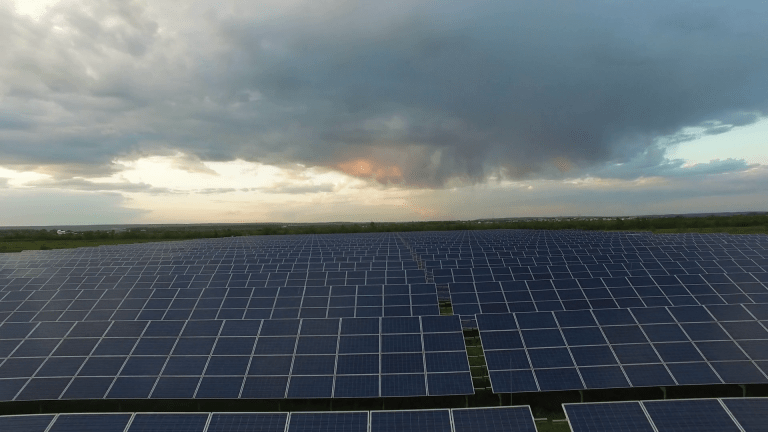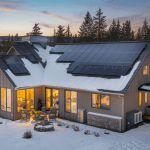How is electricity produced from Solar Panel System?
Solar energy is one of the most cost-effective and renewable energy sources currently accessible. So, how do solar panels generate electricity in the first place? Here’s how to decode the procedure.
Components of the Solar Panel System
To understand how solar panels work, you must first comprehend how they are created. Silicon, one of the most abundant elements on the planet, is used in many solar panels. However, because producing high-quality silicon crystals is difficult and expensive, residential solar systems are typically made of similar but less expensive elements such as copper, indium, gallium, and selenide (CIGS). 1 These aren’t as efficient as high-quality silicon, but they’ll get the job done for a reasonable price.
Small amounts of additional elements are injected during manufacture to change the electrical characteristics of the silicon atoms. Sandwiched together are strips of negative (n-type) silicon with an additional electron and positive (p-type) silicon with one electron missing. A photovoltaic cell is formed when these elements are combined. We get conventional solar panels when many photovoltaic cells are arranged side by side under glass.
A conductive metal plate is located within each solar panel and is connected to wires that lead to a fused array combiner. The array’s energy is routed through an inverter, which converts the direct electrical current into the alternating electrical current needed to power user structures.
Using Solar Panel System to Produce Electricity
Photons, which are unseen particles, make up visible sunshine. These have energy but no bulk at rest. When photons hit with other particles, their energy is transformed into different forms depending on which atoms they come into contact with. The majority of collisions produce merely heat.
However, electricity can be generated when photons cause electrons in atoms to become so agitated that they break loose and travel around freely.
The n-type silicon electrons seek for p-type silicon electrons to replace their missing electrons, resulting in a flow of electrons between the two types.
The extraordinary features of semiconductors like silicon allow electrical imbalances to be sustained. As long as photons reach the solar panels, there will be a continual source of electricity. Wires collect the current and transport it throughout the system. Energysage is one of the platform where people search solar.
Factors Affecting Solar Energy Production
During and after the installation of their residential solar systems, homeowners should consider four important issues.
- Shade: Solar panels in the shade will not produce as much energy as those in the sunshine. Solar may not be the greatest option if your roof is shaded by un-trimable trees or structures.
- Seasonality: Solar energy production fluctuates from day to day and month to month, just like the weather. A cloudy winter day4 will not produce as much as a beautiful summer day. However, it is critical to consider the big picture throughout the course of the year. Snow, for example, can reflect light and so boost PV performance. In actuality, a chilly month will only be a solar adversary if the panels are covered in slush.
- Tilt: Solar panels can benefit from proper tilting. The orientation of your home, its location5, and even the slope of your roof all have an impact on how well a domestic solar system operates. Solar panels should, ideally be installed at the same angle as the latitude where they will be used. In most situations, pitches ranging from 30 to 45 degrees work effectively.
- Azimuth: The compass direction from which the sunlight is coming is known as the solar azimuth angle. In the Northern Hemisphere, the sun shines from the south at noon, while in the Southern Hemisphere, the sun shines from the north. A solar home panel’s energy output could be reduced by up to 35% if the azimuth angle is incorrect. The optimal choice is usually an azimuth of zero (facing the equator).
Our solar experts are here to assist you if you have any concerns regarding your switch to solar.




